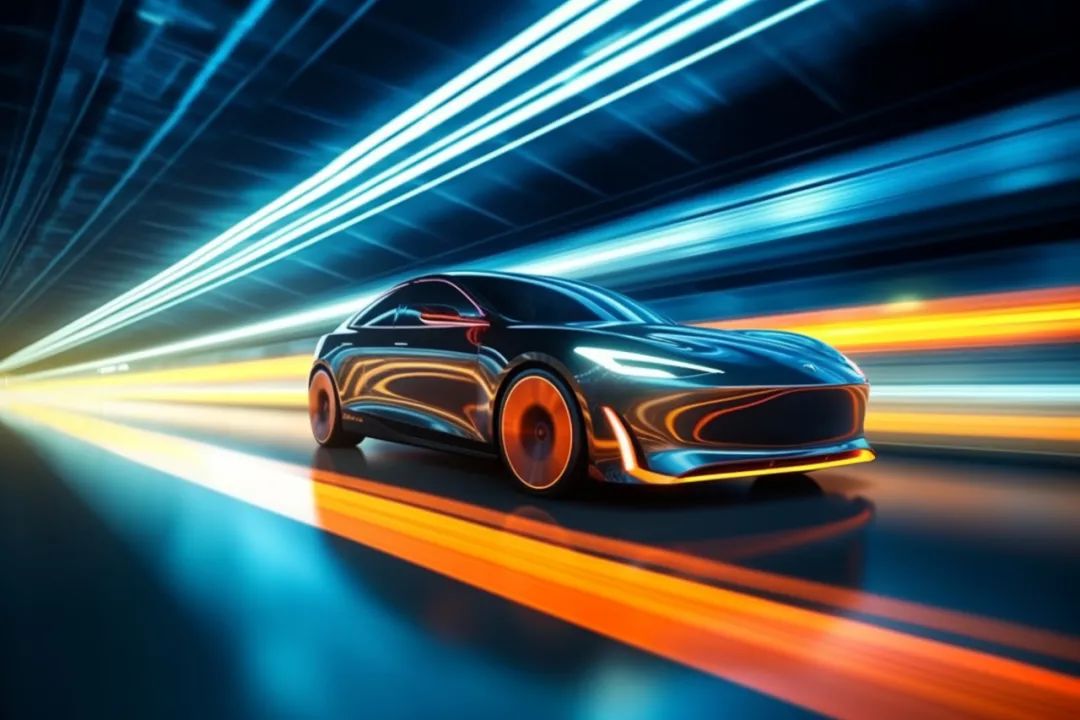China's Electric Vehicle Market Share May Reach 80% by 2030, Sustaining Global Leadership
![]() 05/28 2025
05/28 2025
![]() 813
813
The International Energy Agency's (IEA) recently released
The report highlights that despite economic and trade uncertainties pressuring the automotive industry, global EV sales continue to break records as EV prices decline. In 2024, global EV sales exceeded 17 million, marking a 25% year-on-year increase and surpassing a 20% market share for the first time.
China maintains its dominant position in the EV market. In 2024, China sold over 11 million EVs, equivalent to global sales in 2022, accounting for 65% of global sales and boasting a nearly 50% market penetration rate. In contrast, Europe's market penetration rate stayed at 20%, with sales growth stagnating due to weaker subsidy programs, support policies, and lower demand. The U.S. saw a 10% year-on-year sales increase, achieving a 10% penetration rate. Additionally, emerging markets in Asia and Latin America emerged as new growth engines, with EV sales in Southeast Asia, Latin America, and Africa surging by more than 60% in 2024 to reach 1.3 million units.

Among these regions, Southeast Asia witnessed a nearly 50% increase in EV sales, capturing a 9% market share. Thailand and Vietnam stood out, with EV market penetration rates of 13% and 17%, respectively, attributed to the strong presence of Chinese brands, which hold 85% of the market share. Brazil sold 125,000 EVs, doubling sales and exceeding a 6% market share. Mexico experienced significant capacity expansion with a 100% increase in production. Egypt and Morocco emerged as growth centers for Africa's EV market, also doubling sales, but their overall market share remains below 1%.
In the first quarter of 2025, global EV sales increased by 35% year-on-year, with major markets like China and emerging markets setting new quarterly sales records. This indicates that the global EV market remains on a robust growth trajectory. The report forecasts that global EV sales will exceed 20 million in 2025. Fatih Birol, Executive Director of the IEA, noted, "More than a quarter of all vehicles sold globally this year will be electric, and growth will accelerate in many emerging economies. By the end of the decade, as EVs become cheaper, this proportion will exceed two-fifths."
This year, China's EV market share is expected to reach 60%. Due to stricter carbon emission standards, the EV market share in the European Union and the UK may increase to 25%. The United States, hampered by uncertainty in EV policies, is anticipated to maintain a 10% sales growth rate throughout the year, achieving an 11% market share. Other emerging economies are projected to sell over 1 million units, marking a 50% increase.
China produces 70% of the world's EVs. In 2024, China's EV exports grew by 7%, shipping nearly 1.25 million EVs overseas. Despite slower exports due to EU anti-subsidy tariffs and high U.S. tariffs, China accelerated its overseas factory construction. With Chinese automakers actively expanding their global production capacity, it is anticipated that by 2026, their overseas production capacity will reach 4.3 million units per year.

According to the IEA, driven by intense competition and supply chain integration, the cost of EV batteries in China has fallen by 30%, while the cost reduction in Europe and the United States ranges from 10-15%. This decline in battery costs has fueled a downward trend in the average price of EVs. In 2024, two-thirds of EVs sold in China were priced lower than their gasoline-powered counterparts, and China's EV exports also lowered average prices in emerging market countries. However, there are exceptions; in Germany, the average price of pure electric vehicles is still 20% higher than that of gasoline-powered vehicles of the same class, while in the U.S. market, the price difference reaches 30%.
In terms of EV models, SUVs dominate, with China accounting for 50% of global sales. Extended-range electric vehicles have increased their market share by 25% in China's large vehicle market.
The development of EVs is closely tied to the improvement of charging infrastructure. Globally, the proportion of ultra-fast charging has risen to 10%, with China and the UK leading in policy support for smart charging and V2G technology. China leads in charging pile coverage density, but the construction of public charging piles in the United States and other countries lags behind, failing to keep pace with the growth rate of EVs. In Europe, only 75% of highways have fast-charging stations every 50 kilometers, while in the United States, this figure is less than 50%. By 2030, the global public charging capacity for light EVs needs to be expanded ninefold, and the corresponding infrastructure must also be improved.
The report concludes that despite factors such as tariff barriers, economic downturns, and falling oil prices impacting the global automotive market, the cost of using EVs still holds an advantage. The continued surge in EV sales will profoundly reshape the international automotive industry landscape.
Typesetting | Zheng Li
Source | IEA
Image Source | Shutterstock




